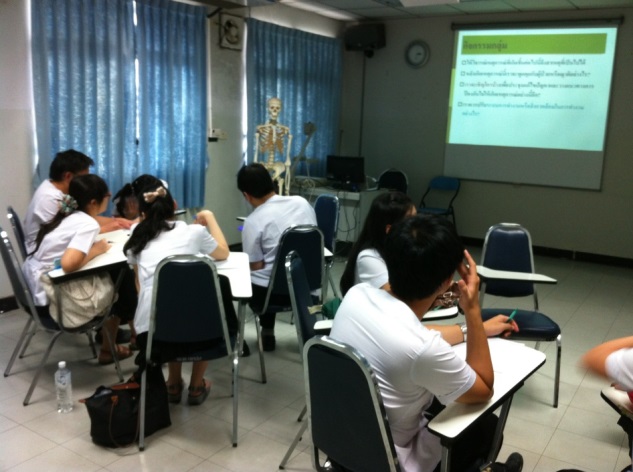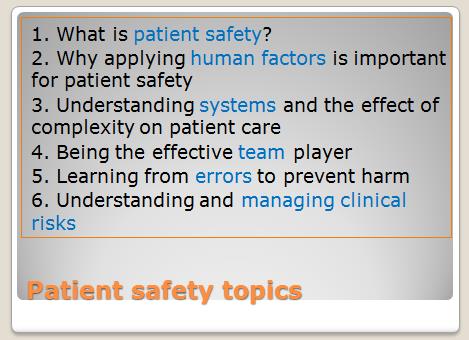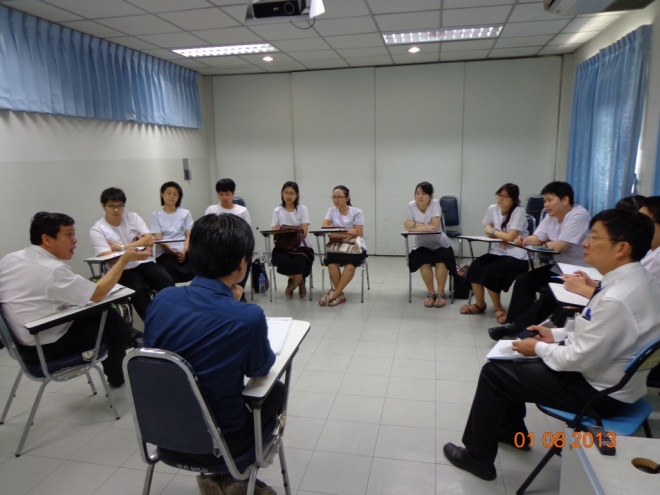


Theme
8JJ Patient safety
INSTITUTION
Khon Kaen Medical Education Center
Khon Kaen Hospital
Collaborative Project to Increase Production of Rural Doctor (CPIRD), THAILAND
 WHO (World Health Organization) recommends that all health professional learning should include patient safety in curriculum.
WHO (World Health Organization) recommends that all health professional learning should include patient safety in curriculum.
- The objective of the study: to assess the outcomes of newly implemented teaching strategy in patient safety topics.
Figure 1: Patient Safety Curriculum according WHO recommendation.
Pilot Study
- Patient safety was taught to the final year medical students in orthopedic rotation for the first time as a pilot project.
- Team-based and experiential learning were used as teaching strategies.
Case Study Discussion & Lecture
- The students discussed the cases given regarding the following topics; wrong site operation, falling, safe blood transfusion, clean wound infection, medication error followed by a didactic lecture.


Figure 2: Group discussion of case study. Figure 3: List of "Patient Safety" lecture.
Daily Work Observation

- The students were asked to observe what really happen with patient at wards, emergency room, and operating room and to present what they have observed to the class one week later.
Figure 4: Observation of daily patient care in real situation.
Group Discussion & Evaluation
 The system or protocols used in the patient ward to ensure patient safety was discussed in the class.
The system or protocols used in the patient ward to ensure patient safety was discussed in the class.- At the end, the students reflected upon their learning experiences. The student’s practice related to patient safety protocols were observed afterwards and by a questionnaire.
Figure 5: Group discussion after real situation observation.
- 36 of sixth-year medical students were enrolled (four orthopaedic-rotated groups).
Knowledge
- The average pre- and post-test scores increased from 48.67% to 69.67%.
Attitudes
- The students had more positive attitudes towards patient safety issues after the class.
Practices
- However, their practices were not changed either by direct observation or questionnaire.
Knowledge of and attitude toward patient safety of medical students are improved using team-based and experiential learning but not their practice.
Knowledge and positive attitude do not always in line with changing practice.
Good role models and continuous emphasis by teachers may be helpful in fostering patient safety awareness.
Surachai Saranrittichai, MD.
Director of Khon Kaen Medical Education Center.
Jiratha Budkaew, MD.
Family Medicine Department, Khon Kaen Hospital.
WHO (World Health Organization), Patient Safety Curriculum Guide: Multi-professional edition. 2011.
 Send Email
Send Email